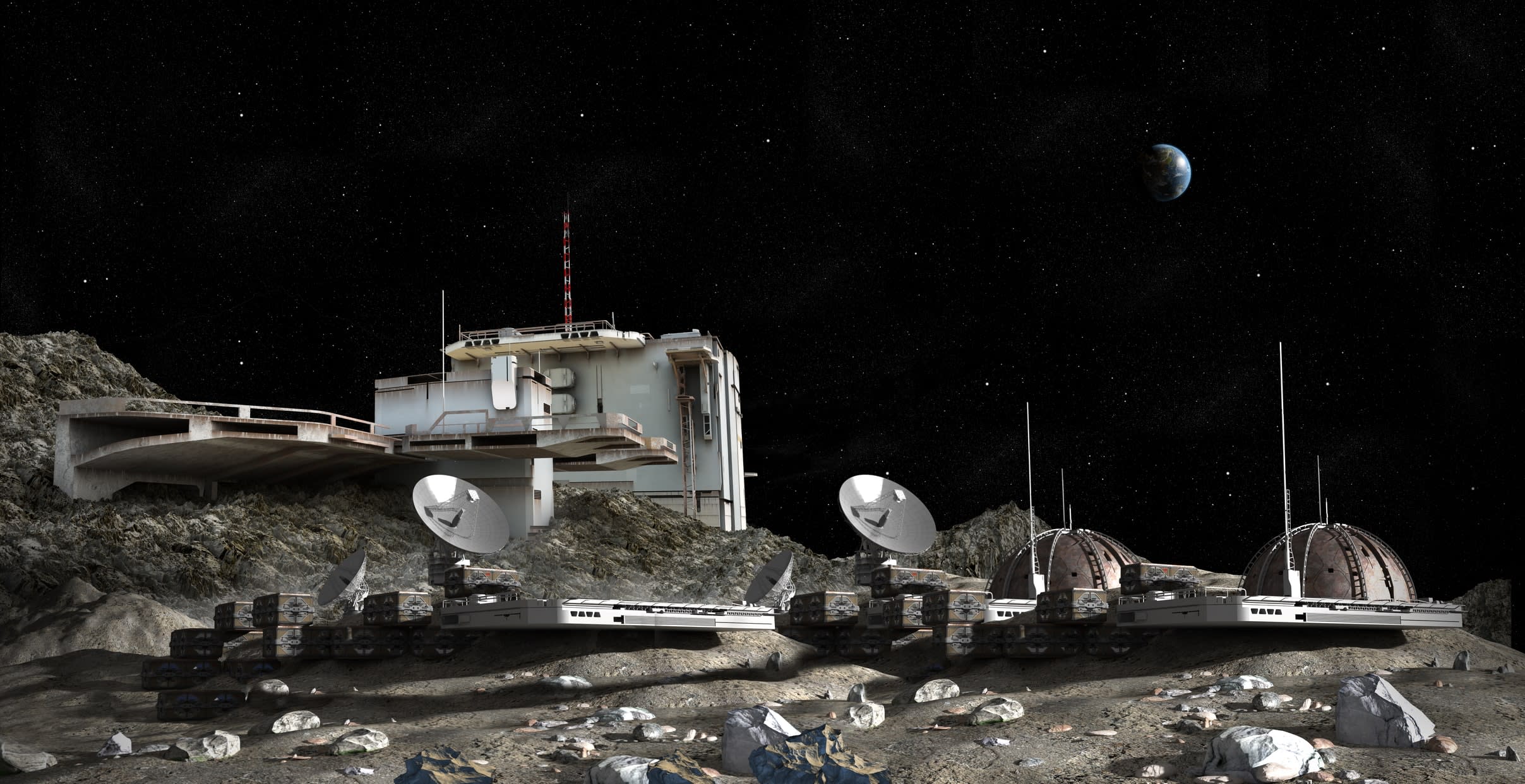From the Moon to Mars: The challenging quest for off-world resources
Elon Musk has his sights set on the stars. The billionaire former-buddy of US President Donald Trump owns SpaceX, one of several companies named by NASA to help it in a renewed effort to exploit the riches of space.
But Musk’s dreams have recently come crashing down to Earth in spectacular fashion, with four of his SpaceX rockets failing. As US media recently media has reported, the “lunar gold rush is coming, but it needs a fully functional Starship”.
Musk’s wasn't the only enterprise to experience a blip – a privately-owned module fell over after landing on the Moon recently, rendering it useless.
These woes aside, a space race is upon us, as nations with their eyes on the sky seek to be the first to access and mine resources on the Moon (such as deuterium), the vast iron deposits of asteroids, and the untold mineral riches of planets such as Mars.

The new ‘space economy’
It was against this backdrop that NASA and the US Geological Association (USGA) recently held a multi-agency workshop on space mining that invited participants to imagine what such a new “space economy” would look like.
Mining industry people rubbed shoulders with tech and space experts at NASA’s Ames Research Centre in Silicon Valley, exploring the knowledge gaps and capability shortfalls common to space and terrestrial resource industries.
There were also demonstrations of new technologies such as machine-learning tools, sensors that will allow us to effectively map the surface and subsurfaces of planetary bodies, and more.
This renewed interest in off-world resources comes at a time when our growing energy requirements confront dwindling resources here on Earth.
This workshop was one of a series designed to overcome the technological and economic issues involved in such a complex undertaking.
Resource-sharing questions
While the technological solutions appear closer than ever, there still remains questions about how such resources are to be shared.
All human activity in space is currently governed by the Outer Space Treaty, which was drawn up and passed by the UN in the 1960s. It provides the basic framework for international space law, and states, among other things, that “the exploration and use of outer space shall be carried out for the benefit and in the interests of all countries and shall be the province of all mankind”.
The international law regarding space resources is increasingly unclear and will most likely require the creation of a profit-sharing regime like the recently created International Seabed Authority that oversees mining on the seabed floor.
However, the authority faces obstacles, with efforts to begin seabed mining in international waters already encountering significant legal challenges.
The technological solutions offered at the NASA-USGA workshop showcased the best of human ingenuity.
It’s clear that humans are poised within the next few decades to move out into space. Resolving how we acquire resources will be a vital component of that journey.
However, political and legal impediments remain the main obstacle to such a bright future.







